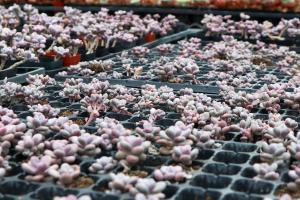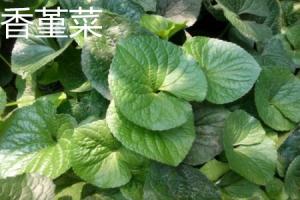How to Prune a Tomato Plant for Winter
As autumn settles in, it's time to start preparing your tomato plants for the coming winter. One essential step in this process is pruning your plants. Pruning not only helps with winterization, but it can also improve the overall health and yield of your tomato plants. Here's a guide on how to prune your tomato plants for winter:
Why Prune Tomato Plants?
Before we dive into the details of how to prune tomato plants, let's first explore the reasons why we prune them in the first place. First and foremost, pruning helps to remove any dead, diseased, or damaged leaves, shoots, or stems. This helps to prevent the spread of diseases and pests, keeping your plants healthy.
Pruning also improves the airflow and reduces the density of leaves, allowing more sunlight to reach the remaining foliage and fruits. This increased exposure to sunlight can lead to better fruit quality and higher yields.
When to Prune Tomato Plants
The best time to prune your tomato plants for winter is after the last harvest. If you live in an area with mild winters, you may also opt to prune your plants in late fall, around the first frost date. Be sure to prune them before the first hard frost, as this could damage the leaves and stems.
It's worth noting that if you're growing indeterminate tomato varieties, you may choose to prune throughout the growing season. This can help to control the size of the plant and increase the yield.
How to Prune Tomato Plants
Now let's get into the details of how to prune tomato plants for winter. Here are the steps to follow:
Remove all the dead, diseased, or damaged leaves, shoots, and stems. Be sure to use clean, sharp pruning shears to make clean cuts close to the main stem.
Next, remove any suckers that have grown between the main stem and the branches. Suckers are small shoots that often grow in the crotch between the main stem and a branch. While they may develop into stems and potentially produce fruit, removing them can help to improve the plant's overall health and increase yields.
Thin out the foliage by removing some of the leaves on the lower part of the plant. This will improve airflow and sunlight exposure while reducing the risk of disease and pests.
Finally, trim back the top of the plant to reduce its height. This is especially important if you plan to bring your tomato plants indoors for the winter. A shorter plant will be easier to manage and transport.
Additional Tips for Pruning Tomato Plants
Here are a few additional tips to keep in mind when pruning your tomato plants for winter:
Clean your pruning shears with alcohol or a bleach solution between cuts to prevent the spread of disease.
Be mindful not to over-prune your plants. While it's important to remove dead or diseased foliage, you don't want to remove too much of the healthy foliage or stems. This can stunt the growth and reduce the yield of the plant.
If you're growing your tomato plants in containers, be sure to use a well-draining soil mix and provide ample water, as potted plants can dry out more quickly than those planted in the ground.
Consider applying a layer of mulch over the soil around your tomato plants. This can help to insulate the roots and protect them from the winter cold.
By following these tips and pruning your tomato plants appropriately, you can help to ensure that they remain healthy and productive throughout the winter months.

 how many times do yo...
how many times do yo... how many planted tre...
how many planted tre... how many pine trees ...
how many pine trees ... how many pecan trees...
how many pecan trees... how many plants comp...
how many plants comp... how many plants can ...
how many plants can ... how many plants and ...
how many plants and ... how many pepper plan...
how many pepper plan...
































